Cloud Management: Essential Guide to Streamlining Your Cloud Infrastructure
In today’s digital landscape, cloud management plays a critical role in how businesses utilize cloud technologies. From deploying applications to ensuring security and scalability, managing cloud infrastructure effectively is key to leveraging the full potential of the cloud. This guide will explore the importance of cloud management, its benefits, and the tools that can help organizations streamline their cloud operations.
What is Cloud Management?
Cloud management refers to the administration of cloud computing resources and services, such as infrastructure, platforms, and software, to optimize performance, security, and cost-efficiency. It involves monitoring, configuring, maintaining, and securing cloud environments, ensuring that cloud resources are used effectively to meet business objectives.
Key Components of Cloud Management
1️⃣ Cloud Monitoring
Monitoring cloud infrastructure is essential for ensuring that resources perform optimally and that any issues are identified and addressed quickly. Key aspects of cloud monitoring include:
- Performance monitoring: Tracks resource usage such as CPU, memory, and storage.
- Availability monitoring: Ensures services and applications are up and running without interruptions.
- Security monitoring: Identifies potential vulnerabilities and threats to protect sensitive data and applications.
2️⃣ Cost Management
Cloud management tools help businesses keep track of cloud usage and spending. By analyzing usage patterns, companies can:
- Set budget alerts to avoid unexpected costs.
- Optimize resources to reduce unnecessary expenditure.
- Scale resources up or down to match business needs, preventing over-provisioning.
3️⃣ Security and Compliance
Managing security is crucial to ensure that cloud data remains protected. This includes:
- Identity and access management (IAM): Ensuring that only authorized users can access cloud resources.
- Encryption: Securing data at rest and in transit.
- Compliance tracking: Ensuring that cloud environments meet regulatory requirements (e.g., GDPR, HIPAA).
4️⃣ Resource Provisioning and Automation
Cloud management also involves provisioning resources based on demand. Automation tools can help scale resources automatically in response to traffic spikes or increased workloads, improving efficiency and minimizing human error.
Benefits of Effective Cloud Management
✅ Improved Efficiency and Performance
By constantly monitoring resources and workloads, organizations can ensure that their cloud infrastructure is performing at its best. Cloud management tools also allow for automated scaling, ensuring that businesses never run out of resources during high-demand periods.
✅ Cost Savings
Cloud management systems can help prevent over-provisioning, reducing unnecessary cloud usage and costs. By analyzing usage patterns, businesses can make more informed decisions, leading to significant savings in operational expenses.
✅ Enhanced Security
Effective cloud management ensures that your cloud environment is secure and protected from threats. Automated security updates, compliance checks, and identity management all help reduce the risk of data breaches or security incidents.
✅ Seamless Scalability
Cloud management platforms allow businesses to easily scale resources up or down based on changing demand, whether it's for seasonal increases in traffic or growth over time. This flexibility ensures that businesses are always prepared to handle growth without compromising on performance.
✅ Simplified Administration
By centralizing control over cloud infrastructure, cloud management tools simplify administrative tasks such as resource allocation, monitoring, and reporting. This allows IT teams to focus on strategic projects rather than constantly managing cloud environments.
Top Cloud Management Tools
1️⃣ Amazon Web Services (AWS) Management Tools
AWS provides a comprehensive suite of management tools, including AWS CloudFormation for infrastructure automation, AWS CloudTrail for monitoring user activity, and AWS Cost Explorer for cost management. These tools help businesses automate, monitor, and optimize their AWS cloud environment.
2️⃣ Microsoft Azure Management Tools
Azure offers a variety of tools for managing cloud services, including Azure Monitor for tracking performance, Azure Cost Management for budgeting, and Azure Security Center for improving security posture.
3️⃣ Google Cloud Platform (GCP) Management Tools
GCP provides robust management solutions such as Google Cloud Console for resource management, Google Cloud Billing for cost tracking, and Cloud Security Command Center for enhanced security monitoring.
4️⃣ CloudBolt
CloudBolt offers multi-cloud management, providing businesses with visibility into cost, performance, and security across multiple cloud platforms. It helps organizations optimize their cloud spending and improve operational efficiency.
5️⃣ CloudHealth by VMware
CloudHealth focuses on cloud cost management, performance monitoring, and governance. It allows businesses to optimize their cloud usage across platforms like AWS, Azure, and GCP, helping to drive cost-effective decisions.
Best Practices for Cloud Management
✅ Implement Regular Audits
Regularly auditing cloud usage and spending can help identify inefficiencies and optimize resource allocation. These audits also ensure compliance with internal policies and external regulations.
✅ Automate Repetitive Tasks
Cloud management tools offer automation features that can help reduce manual work, such as resource provisioning, scaling, and patching. Automating repetitive tasks helps improve efficiency and lowers the risk of human error.
✅ Stay Updated with Cloud Provider Changes
Cloud platforms frequently update their services and introduce new features. Keeping up with these changes ensures you’re using the most effective and cost-efficient solutions available.
✅ Integrate with Other Tools
For optimal results, integrate cloud management tools with other business systems, such as CRM, ERP, and ITSM platforms, to gain a holistic view of your operations.
Conclusion
Effective cloud management is crucial for businesses to maintain control over their cloud infrastructure while optimizing for cost, performance, and security. By leveraging cloud management tools and following best practices, organizations can ensure that their cloud environments are running efficiently, cost-effectively, and securely. Whether you’re using AWS, Azure, or GCP, the right management strategies will help your business fully capitalize on the benefits of cloud computing.
Explore
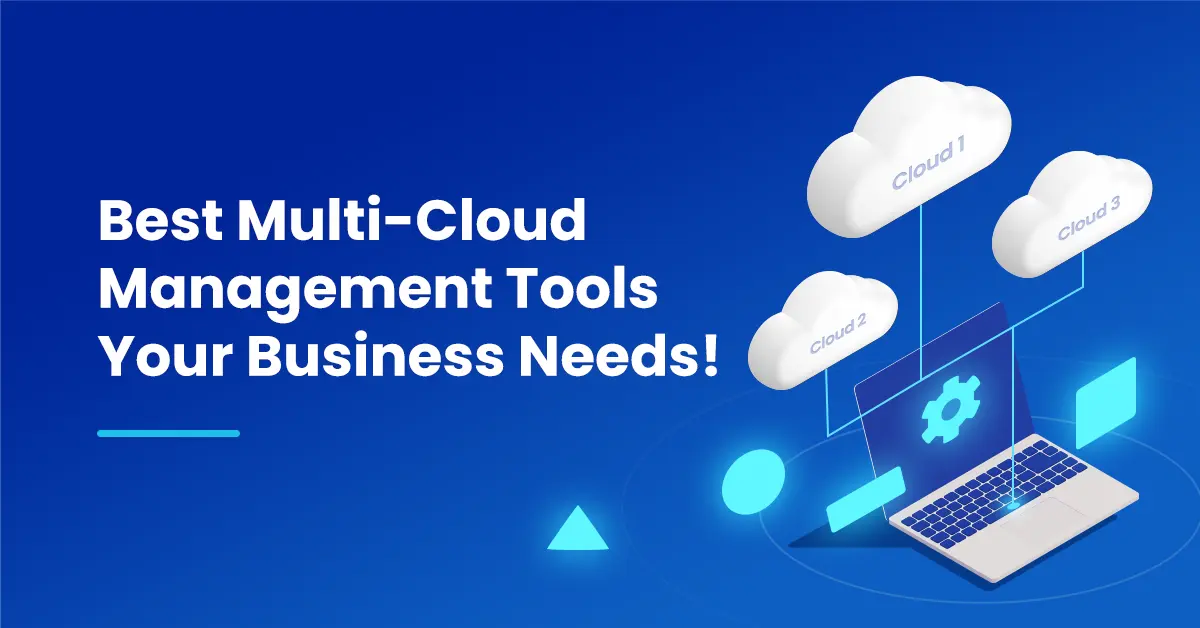
Best Multi-Cloud Management Tools of 2025: Features & Reviews
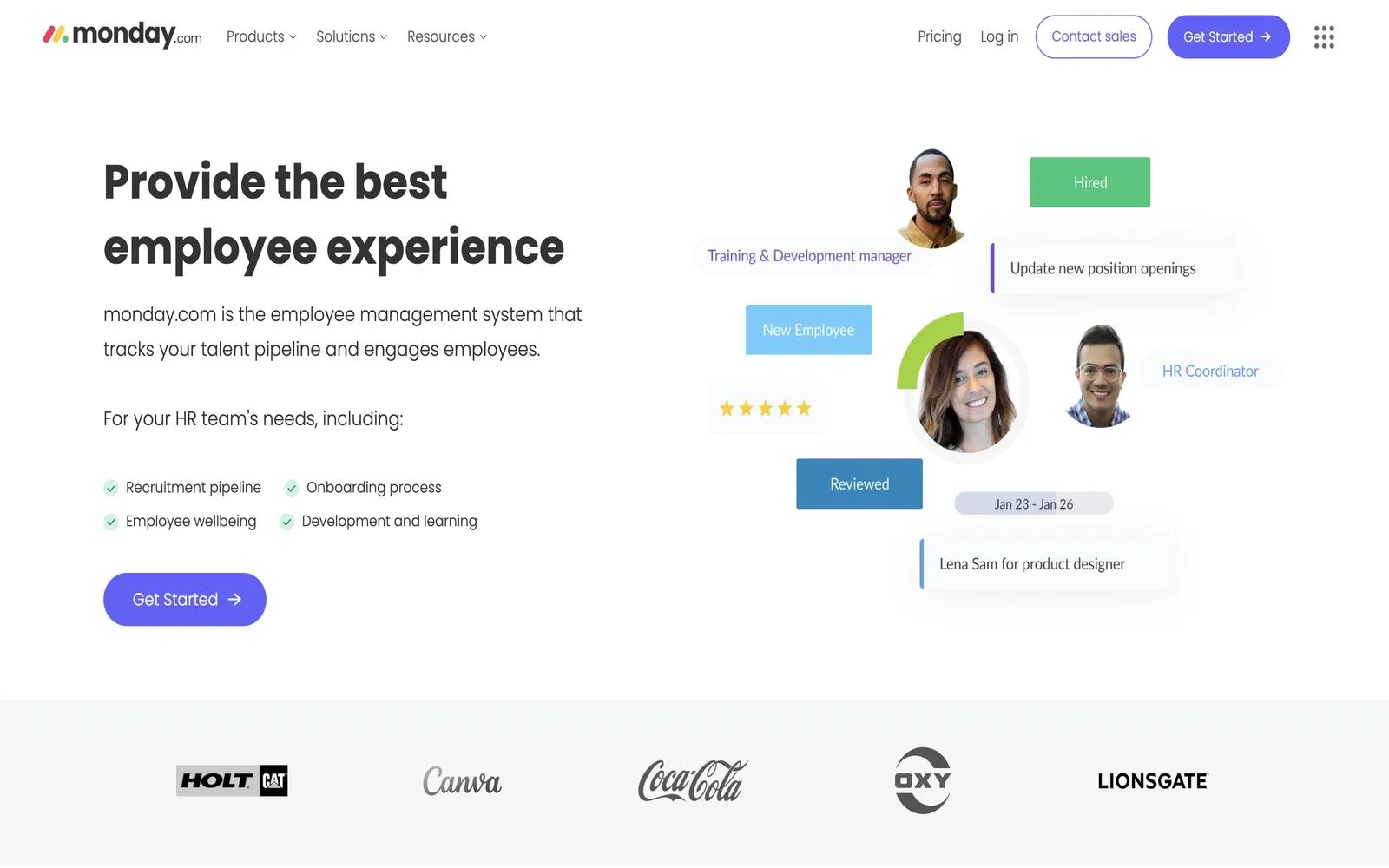
Revolutionize Your Business with Employee Management Software: A Complete Guide to Streamlining Operations and Improving Productivity
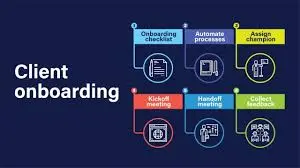
Client Onboarding Software: Streamlining the Client Journey
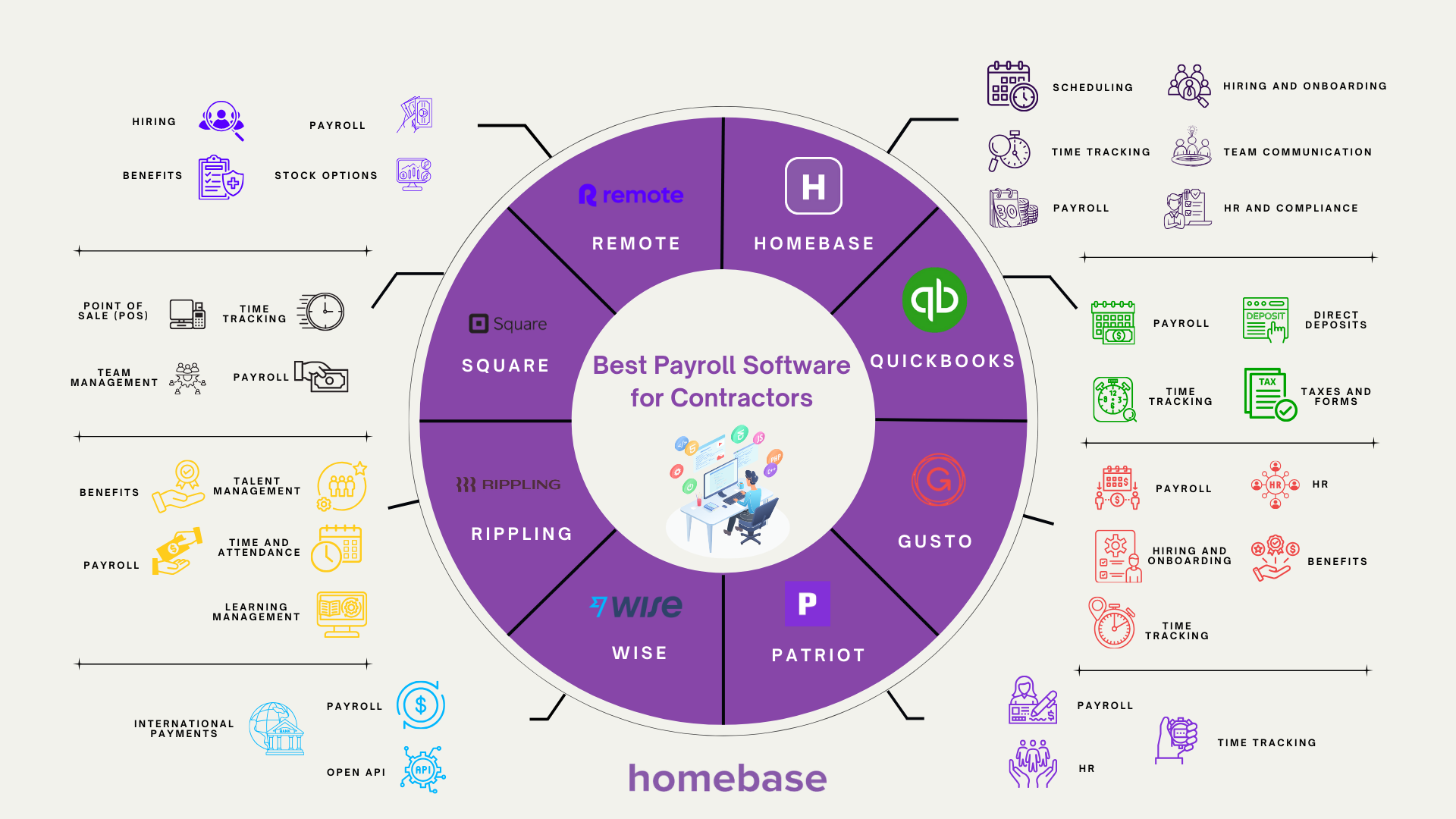
1099 Payroll Solutions: Streamlining Freelance and Contractor Payments
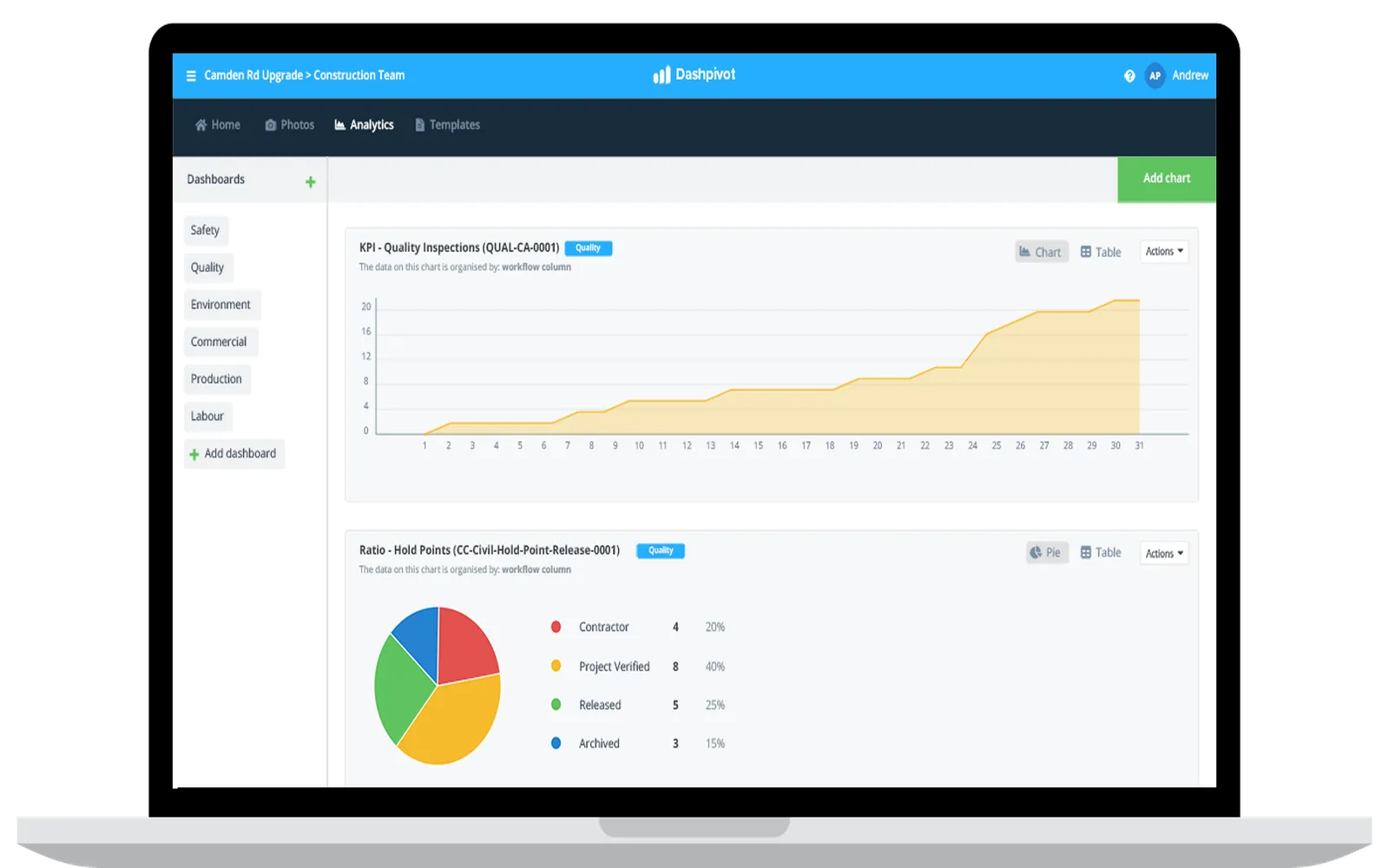
Streamlining Success: How QMS Software Empowers Small Businesses to Thrive
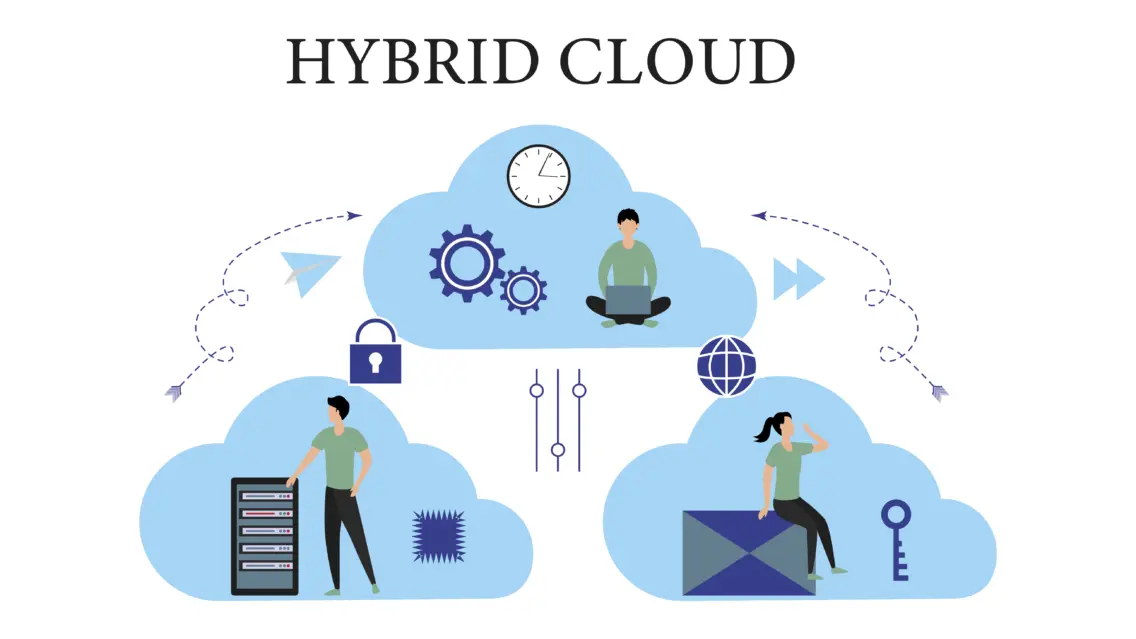
Hybrid Cloud Solutions: The Future of Small Business IT Infrastructure

Top Car Accident Lawyers of 2025: Your Essential Guide to Legal Support After a Crash
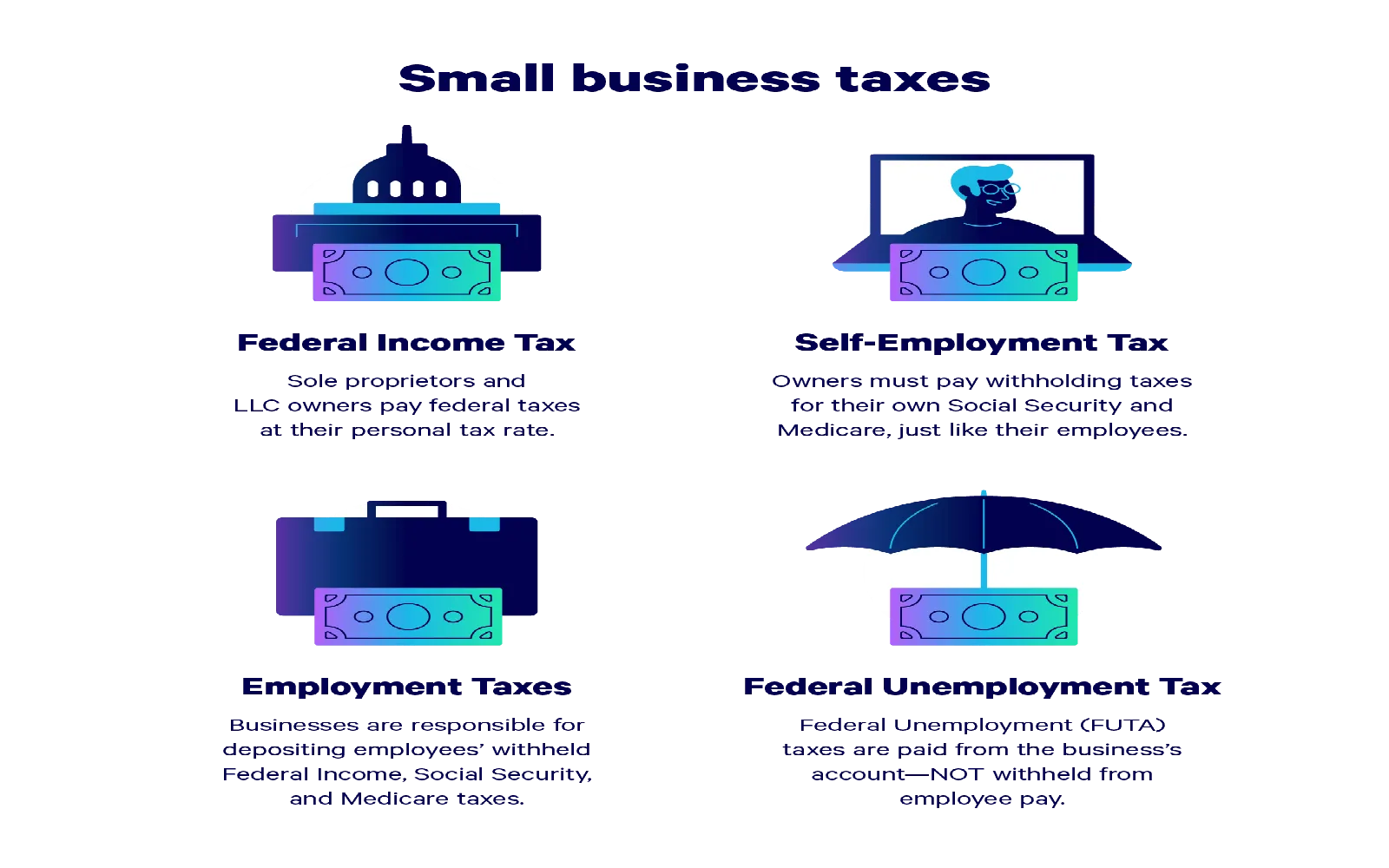
2025 Guide: How to File Taxes for Your Small Business - Tips and Essential Steps
